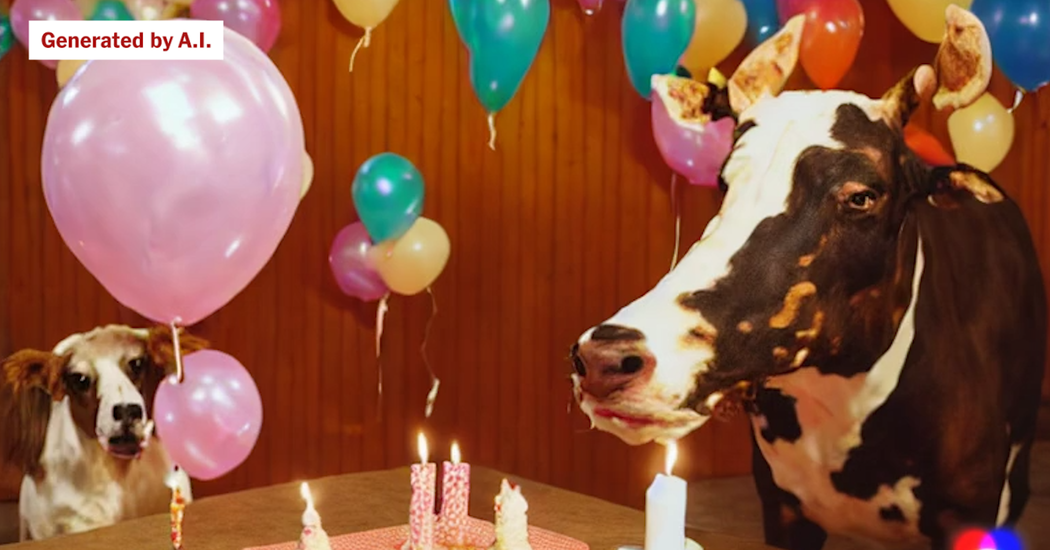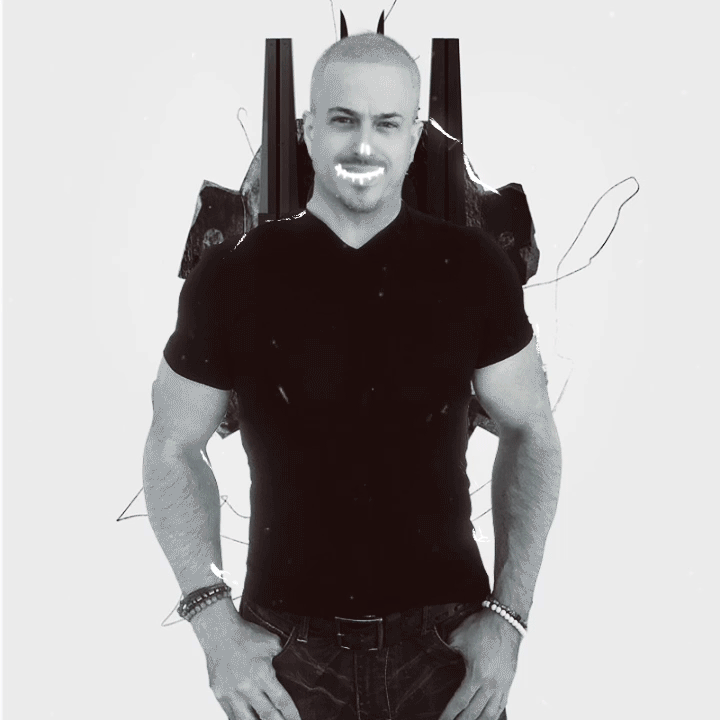
Instant Videos Could Represent the Next Leap in A.I. Technology – The New York Times
The new video-generation systems could speed the work of moviemakers and other digital artists, while becoming a new and quick way to create hard-to-detect online misinformation, making it even harder to tell what’s real on the internet.
The systems are examples of what is known as generative A.I., which can instantly create text, images and sounds. Another example is ChatGPT, the online chatbot made by a San Francisco start-up, OpenAI, that stunned the tech industry with its abilities late last year.
Google and Meta, Facebook’s parent company, unveiled the first video-generation systems last year, but did not share them with the public because they were worried that the systems could eventually be used to spread disinformation with newfound speed and efficiency.
But Runway’s chief executive, Cris Valenzuela, said he believed the technology was too important to keep in a research lab, despite its risks. “This is one of the single most impressive technologies we have built in the last hundred years,” he said. “You need to have people actually using it.”
The ability to edit and manipulate film and video is nothing new, of course. Filmmakers have been doing it for more than a century. In recent years, researchers and digital artists have been using various A.I. technologies and software programs to create and edit videos that are often called deepfake videos.
It is difficult to define what the system creates currently. It’s not a photo. It’s not a cartoon. It’s a collection of a lot of pixels blended together to create a realistic video. The company plans to offer its technology with other tools that it believes will speed up the work of professional artists.
Companies like Runway, which has roughly 40 employees and has raised $95.5 million, are using this technique to generate moving images. By analyzing thousands of videos, their technology can learn to string many still images together in a similarly coherent way.
“A video is just a series of frames — still images — that are combined in a way that gives the illusion of movement,” Mr. Valenzuela said. “The trick lies in training a model that understands the relationship and consistency between each frame.”
But experts believe they can iron out the flaws as they train their systems on more and more data. They believe the technology will ultimately make video-creation as easy as writing a sentence.
This content was originally published here.


